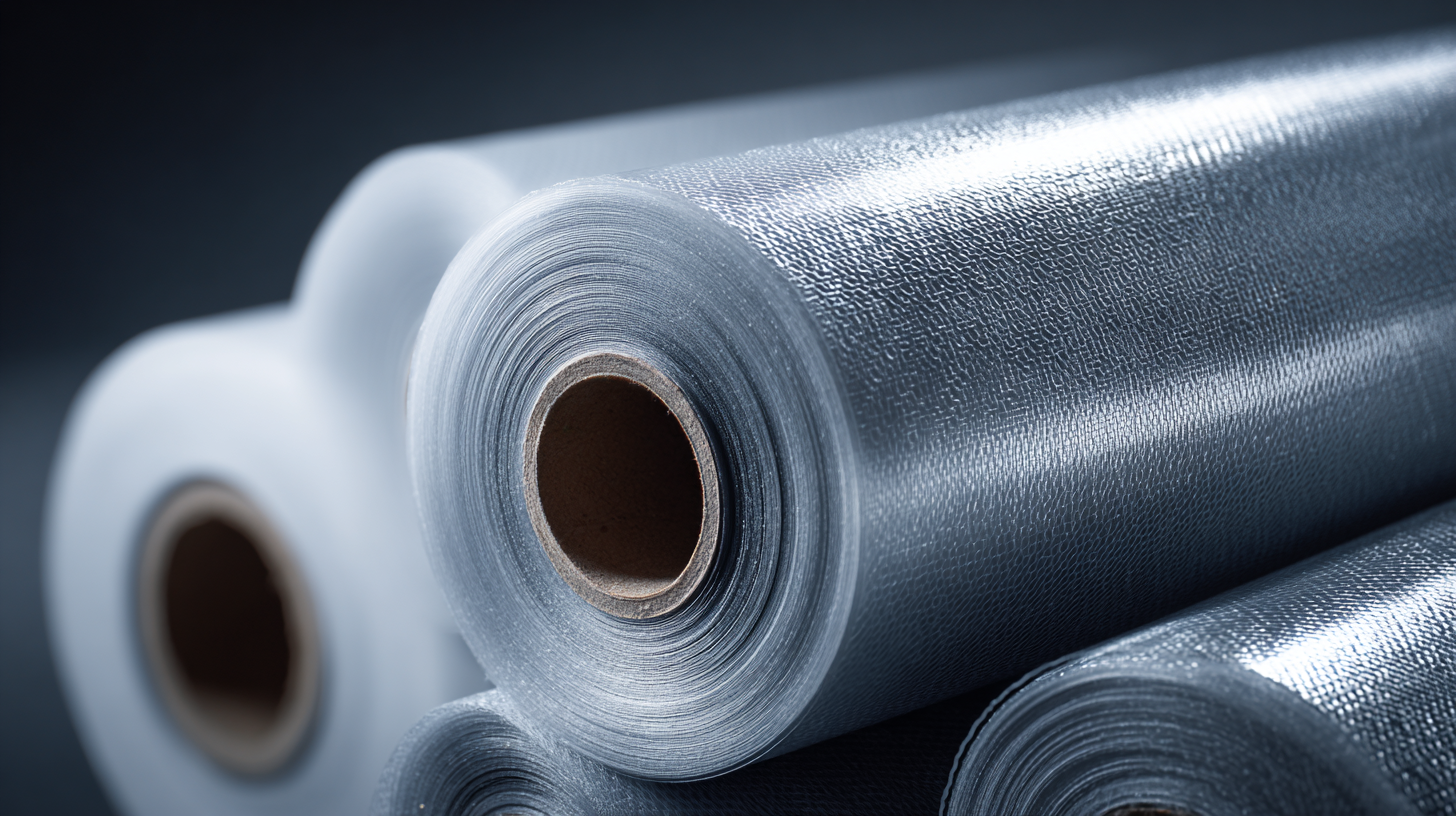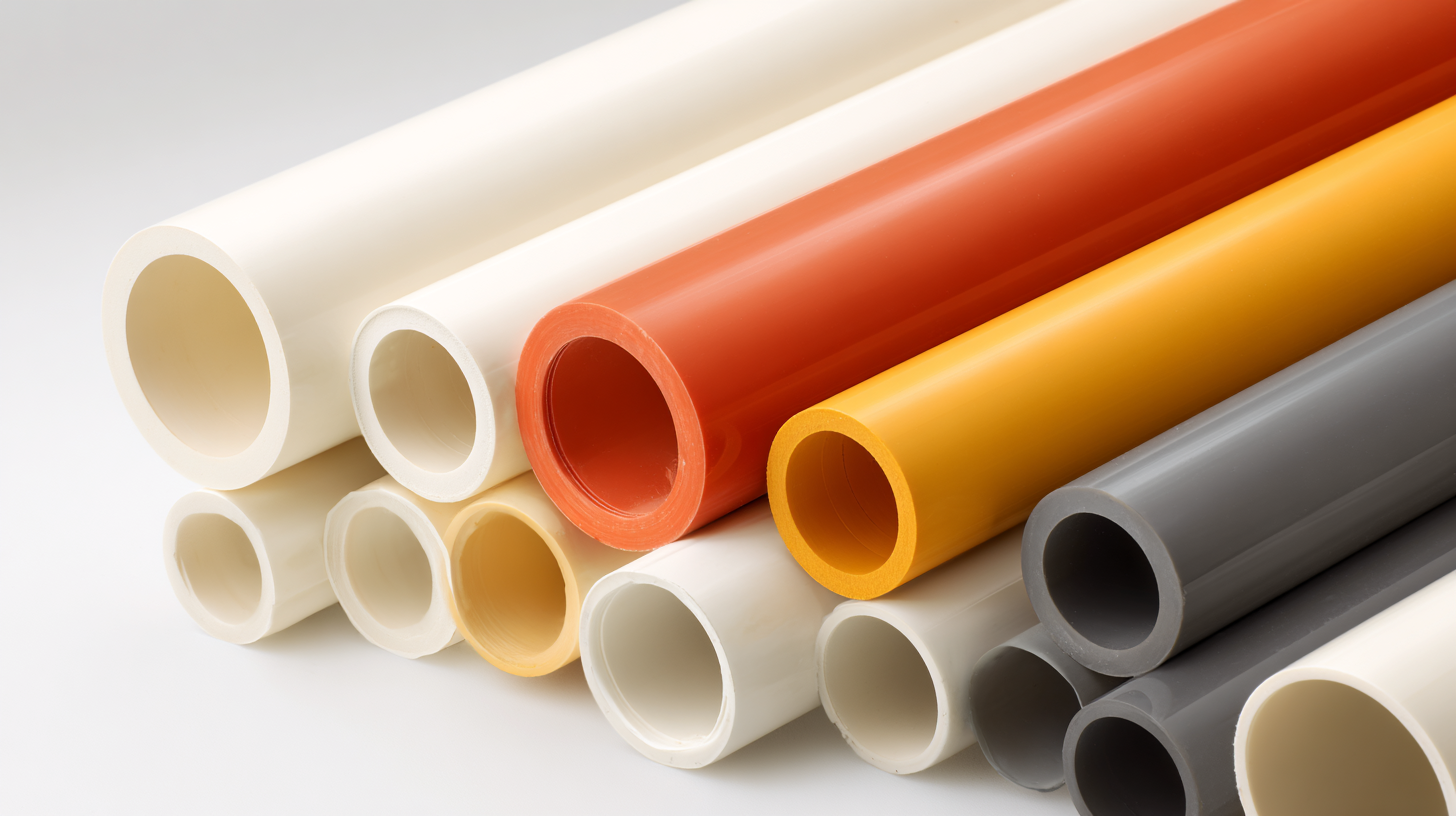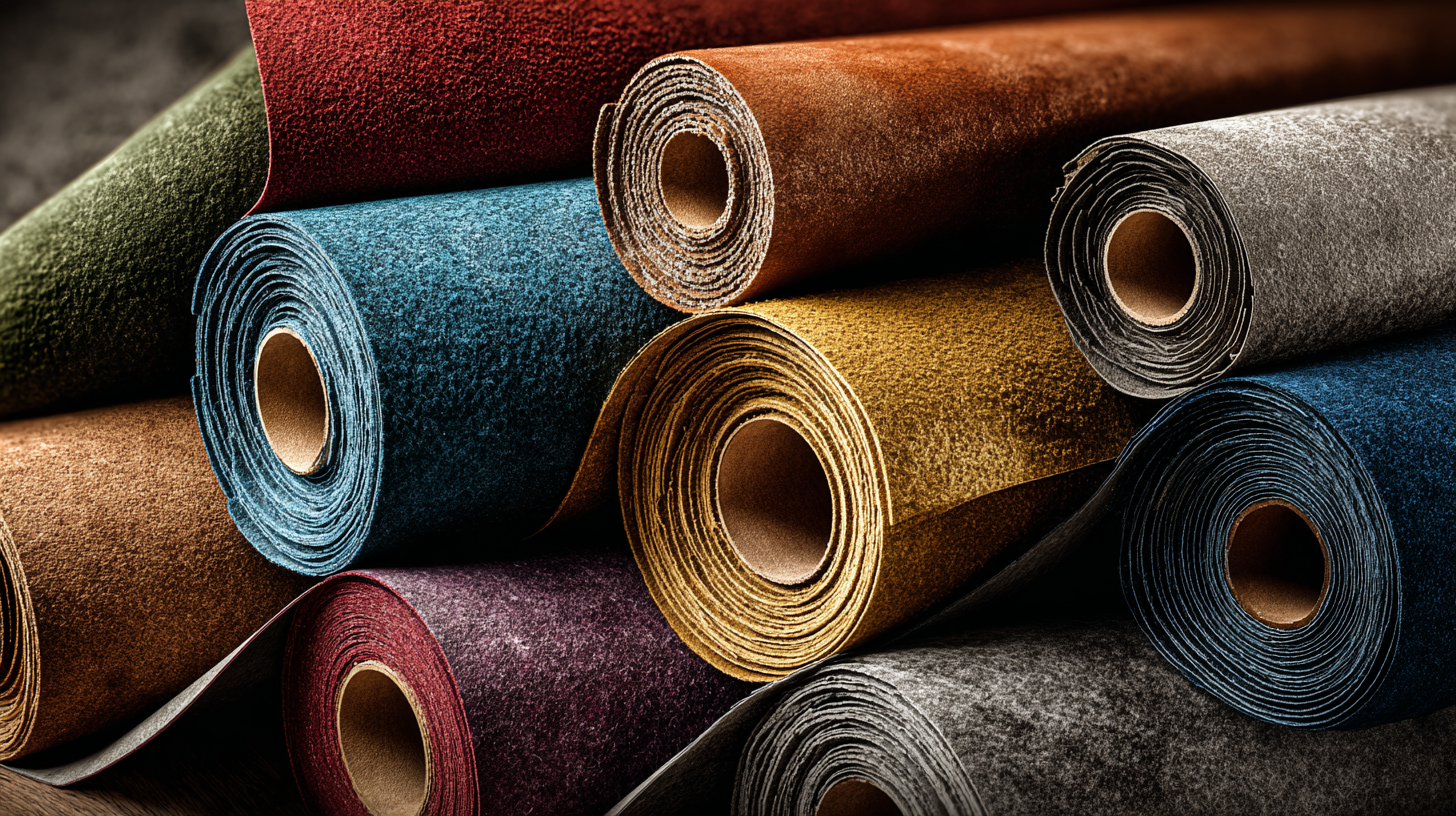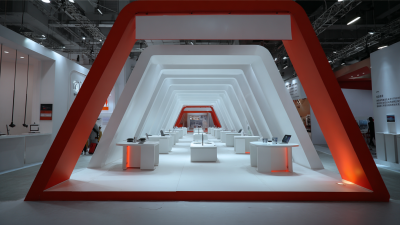Understanding the Versatility of PVC Material in Everyday Applications
The versatility of PVC material has made it a staple in various industries, reflecting its importance in both consumer and industrial applications. According to a report by MarketsandMarkets, the global PVC market is projected to reach $70.6 billion by 2026, growing at a CAGR of 4.8% from 2021. This growth is attributed to the material's durability, cost-effectiveness, and adaptability, which have led to its widespread use in construction, healthcare, and automotive sectors.

PVC's potential as a lightweight, weather-resistant product not only enhances performance but also contributes to sustainability efforts by reducing waste. As industries continue to innovate, the adoption of PVC material is expected to rise, further showcasing its critical role in everyday applications. This overview aims to explore the myriad ways PVC material is utilized, underlining its significance in shaping modern living environments.
The Origins and Properties of PVC Material
Polyvinyl Chloride (PVC) is one of the most widely used synthetic plastic polymers, holding a pivotal role in various industries. Developed in the mid-19th century, PVC's commercial production began in the 1920s, initially gaining prominence due to its durability and versatility. According to the American Chemistry Council, the global PVC market was valued at approximately $61 billion in 2020, reflecting its indispensable nature in construction, automotive, and medical applications. Its origins can be traced to the combination of vinyl chloride monomer, which is polymerized to create a material known for its rigidity, strength, and excellent weather resistance.
The unique properties of PVC make it suitable for a broad range of everyday applications. The material is not only resistant to degradation but also exhibits fire-retardant characteristics, making it an ideal choice for roofing, siding, and plumbing systems. Reports from Research and Markets indicate that the construction sector accounts for over 50% of PVC demand, primarily due to its cost-effectiveness and longevity. Additionally, flexible PVC is extensively used in medical devices such as tubing and bags, highlighting its adaptability. The combination of affordability, versatility, and reliability ensures that PVC remains a dominant material in numerous sectors, continuously evolving to meet modern demands.
Understanding the Versatility of PVC Material in Everyday Applications
Exploring PVC's Role in Construction and Building Materials
 PVC, or polyvinyl chloride, has become an essential material in the construction and building sector due to its remarkable versatility and durability. Widely used in pipes, fittings, and roofing, PVC presents a cost-effective alternative to traditional materials such as wood and metal. Its resistance to corrosion, moisture, and chemicals makes it particularly suitable for various applications, from residential plumbing to large-scale infrastructure projects. Furthermore, the lightweight nature of PVC facilitates easier handling and installation on job sites, reducing labor costs and time.
PVC, or polyvinyl chloride, has become an essential material in the construction and building sector due to its remarkable versatility and durability. Widely used in pipes, fittings, and roofing, PVC presents a cost-effective alternative to traditional materials such as wood and metal. Its resistance to corrosion, moisture, and chemicals makes it particularly suitable for various applications, from residential plumbing to large-scale infrastructure projects. Furthermore, the lightweight nature of PVC facilitates easier handling and installation on job sites, reducing labor costs and time.
In addition to functional benefits, the application of PVC in construction supports sustainable building practices. It has a long service life, which minimizes the need for frequent replacements, thus reducing waste. Innovations in PVC production have also focused on enhancing its environmental profile, leading to the development of recyclable options. As cities and communities seek to improve their infrastructures while considering ecological impacts, PVC’s role as a reliable building material is poised to grow, offering a balance between functionality and sustainability in the modern construction landscape.
Innovative Uses of PVC in Home Décor and Design
The versatility of PVC (Polyvinyl Chloride) material in home décor and design is increasingly recognized, especially as innovative applications emerge. Recent trends reflect a growing demand for sustainable surface materials that combine aesthetics with functionality. A report from the Freedonia Group highlights that the demand for PVC in home improvement projects is anticipated to grow significantly, driven by its durability and resistance to wear and tear. This makes PVC an ideal choice for various applications, from flooring options to decorative elements.

Innovations in PVC are shaping the creative landscape of interior design. For instance, new functional PVC leather and furniture films are being showcased at design exhibitions, merging high-tech production with sustainable practices. This approach not only enhances the visual appeal of living spaces but also ensures that the materials can withstand the rigors of daily life while maintaining their pristine condition.
Tips: When incorporating PVC into your home design, consider its versatility in both large installations and smaller decorative accents. Ensure that the PVC products are sourced from manufacturers committed to sustainable practices to enhance not only your home's aesthetics but also its environmental footprint. Additionally, explore PVC options that replicate more expensive materials, providing a luxurious look without the hefty price tag.
The Environmental Impact and Recycling of PVC Products
The environmental impact of polyvinyl chloride (PVC) has become a significant concern in recent years, leading to increased scrutiny regarding its use in consumer products. As highlighted by the Environmental Protection Agency’s restrictions, PVC, commonly identified as #3 plastic, poses various health risks and detrimental effects on the environment. The production and disposal of PVC generate hazardous substances that can leach into soil and water, prompting a shift towards safer alternatives in many sectors.
In light of these concerns, the market is witnessing a transformation. Innovative materials that do not contain PVC are being developed, offering more eco-friendly and health-conscious options. For example, the projected global tarpaulin market growth to $10.08 billion by 2025 and $14.33 billion by 2033 reflects a demand for materials that prioritize sustainability. This trend not only benefits consumer health but also aligns with broader environmental goals, creating a pathway for industries to reduce their ecological footprint while meeting market needs.
Tips for Choosing the Right PVC Application for Your Needs
PVC (polyvinyl chloride) is a popular material due to its versatility and durability, making it ideal for various applications in our daily lives. From plumbing pipes to flooring solutions, the range of uses for PVC is vast. When choosing the right PVC application for your needs, it's essential to consider specific factors to ensure optimal performance and longevity.
First, assess the environment where the PVC will be used. For outdoor applications, select UV-resistant PVC to prevent degradation from sunlight exposure. In contrast, for indoor use, standard PVC may suffice. Additionally, consider the temperature and humidity conditions, as these factors can influence the material's durability.
Another vital tip is to think about the specific application requirements. For instance, heavy-duty applications such as construction and automotive parts will necessitate stronger PVC grades, while lighter applications like decorative items might only require standard options. Always consult with a supplier to find the best fit for your project, ensuring that safety and regulatory standards are met. By carefully considering these aspects, you can effectively choose the right PVC solution tailored to your unique needs.
Related Posts
-

7 Amazing Benefits of Using PVC Material in Modern Manufacturing
-

Unlocking the Advantages of Polyvinyl Chloride for Global Supply Chain Efficiency
-

Exploring the Versatility of PVC Plastic: Innovative Applications in Modern Design
-

How to Choose the Right Plastic Coating for Your Manufacturing Needs
-

Exploring the Future of Plastic Angle Products at the 138th Canton Fair 2025 in China
-

Unveiling the Advantages of Polypropylene Plastic: A Game Changer for Modern Manufacturing
